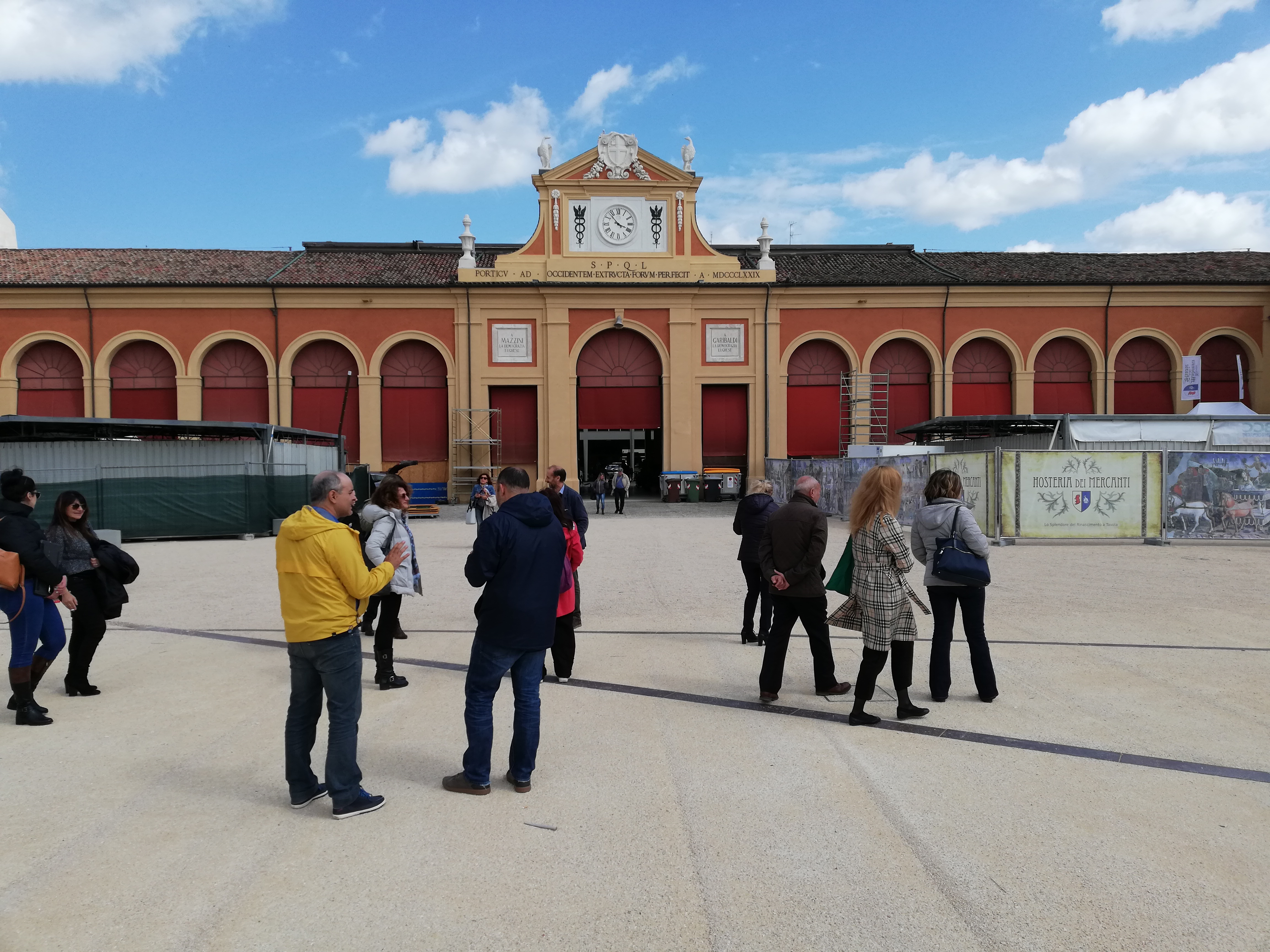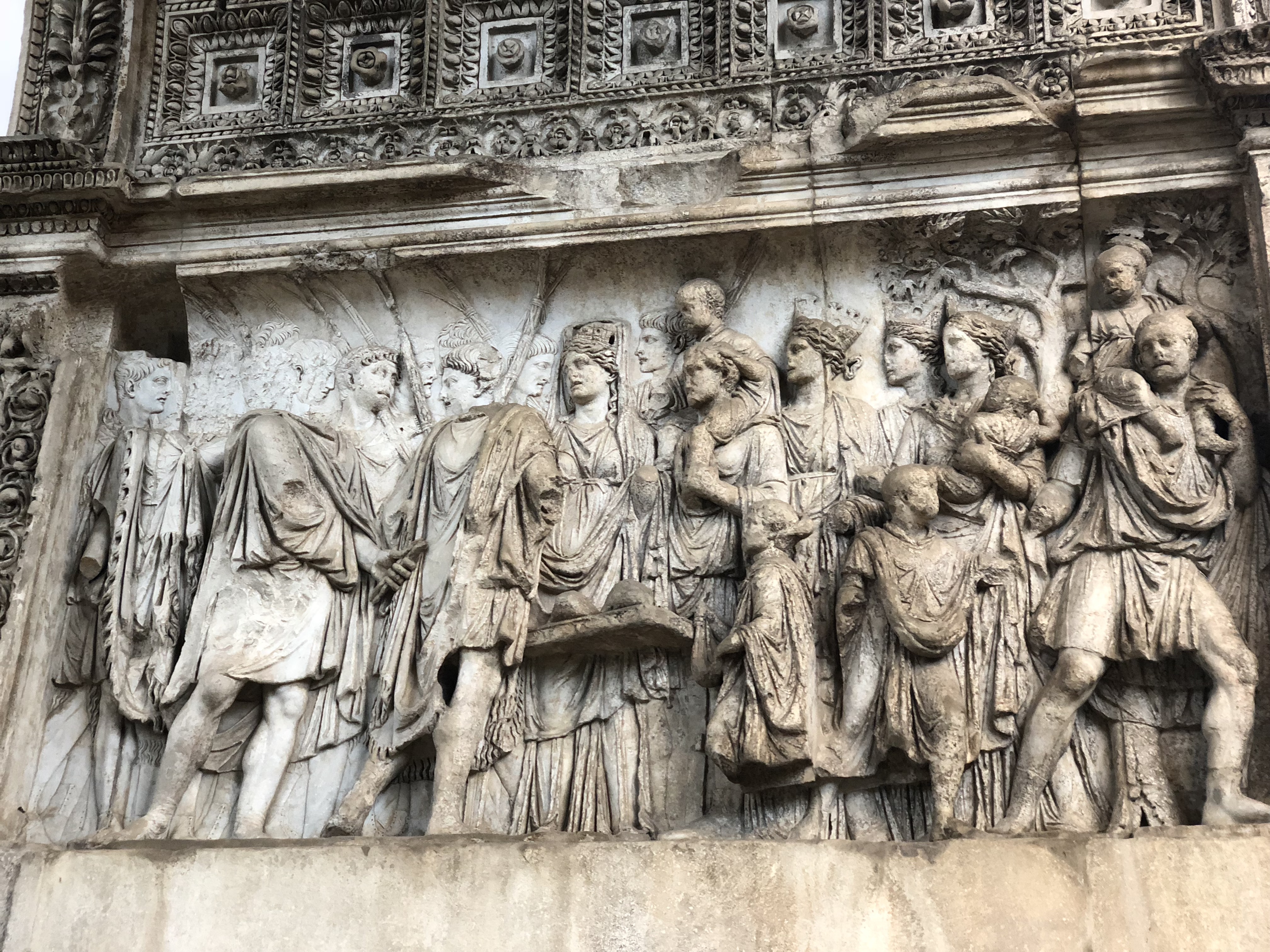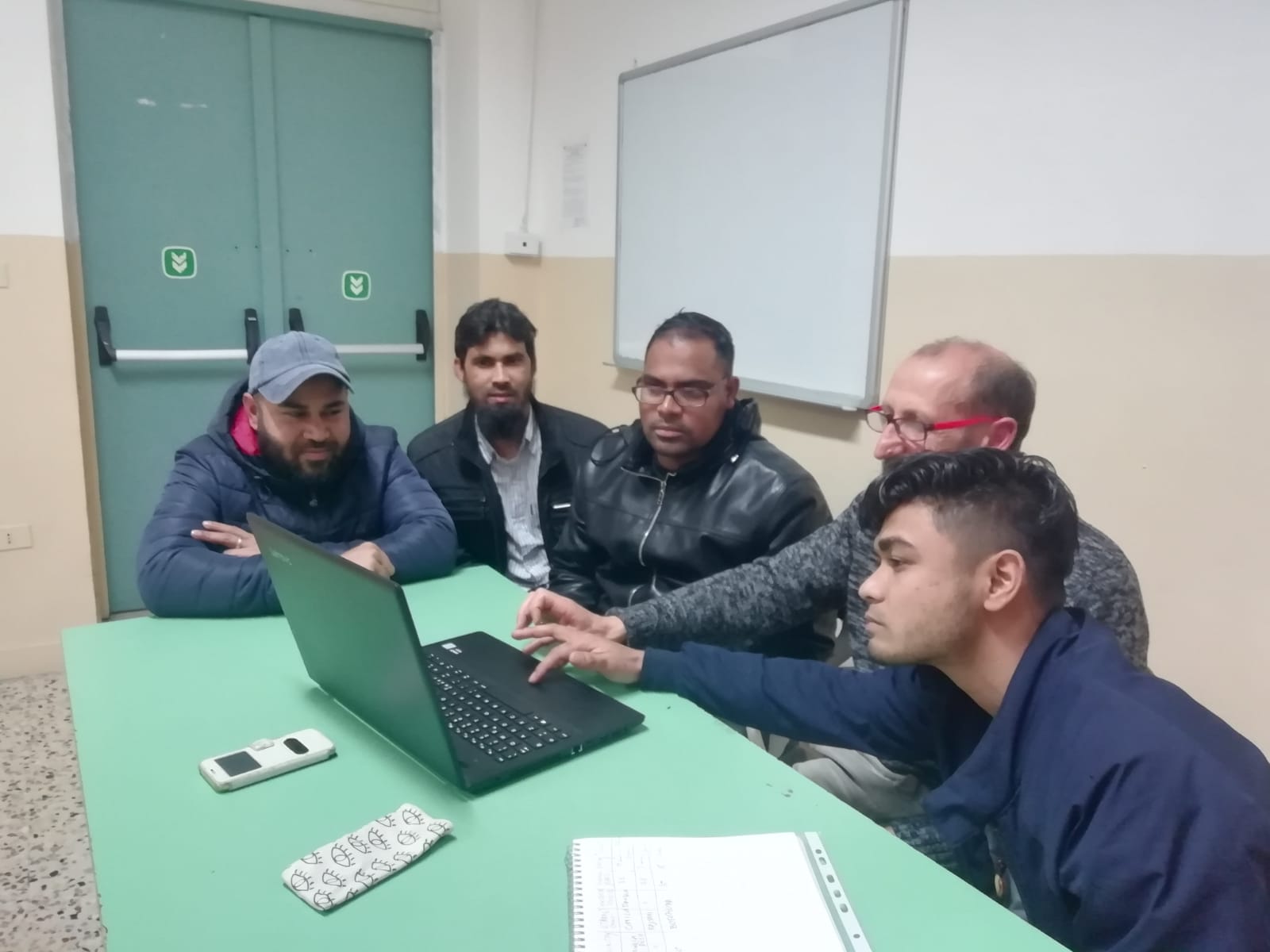Wolof Language Profile
Language Identification: ISO 639-3 wol (Wolof), ISO 639-3 wof (Gambian Wolof) Other Names: Surwa (in Mandinka) and Jolfeh (in Fula). Local name: Wolof Pronunciation: [wᴐlof] Region: Senegal, The Gambia, Guinea, Guinea-Bissau, Mali and Mauritania Ethnic Population: Wolof Wolof users: more than 10 million people Language family: Niger-Congo, Atlantic-Congo, Atlantic, Senegambian, Fula-Wolof. Early forms: Ouolof, Gambian Wollof, Jolof, Jollof. Language Status: Wolof is one of the country’s national languages in Senegal (along with, Jóola-Fonyi, Mandinka, Pulaar, Serer-Sine and Soninke). Wolof is also the language of the third largest ethnic group in The Gambia. Dialects: There are two major geographical varieties ofContinue Reading



